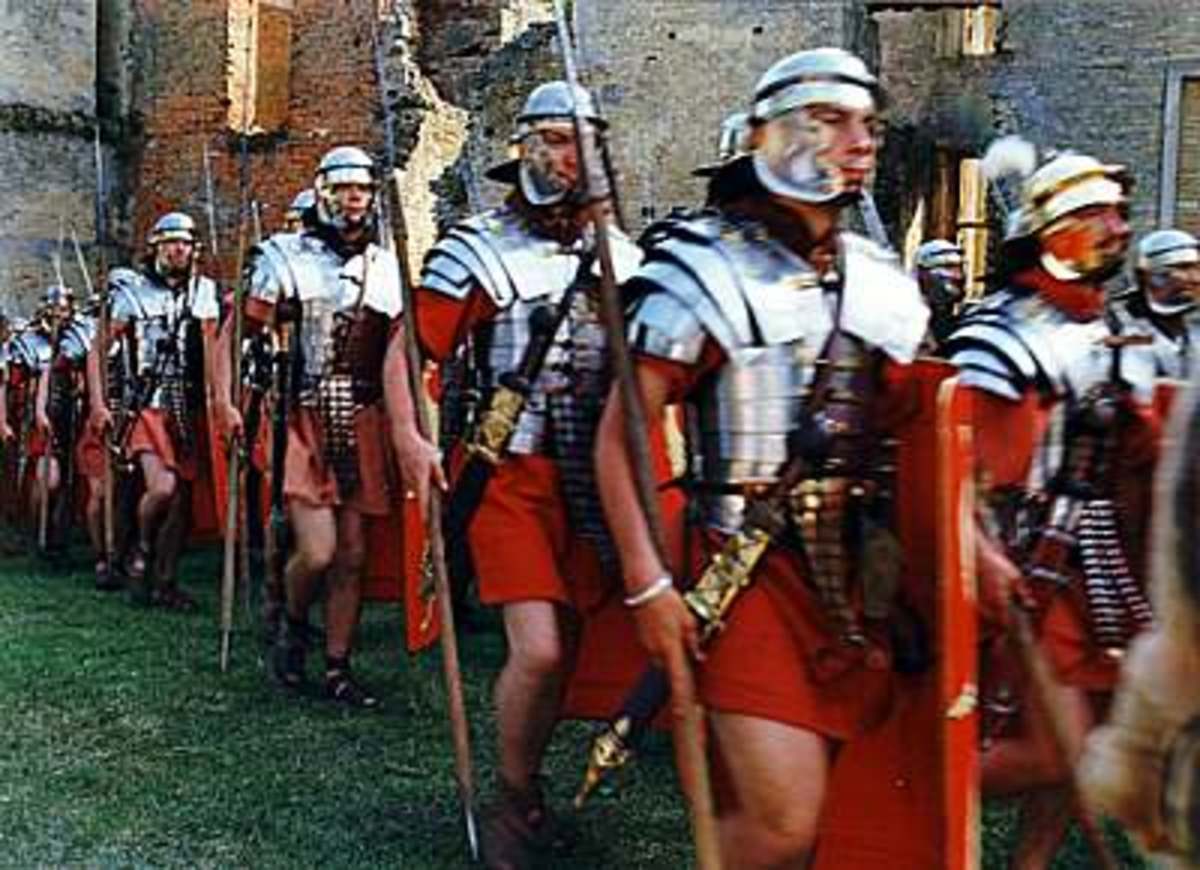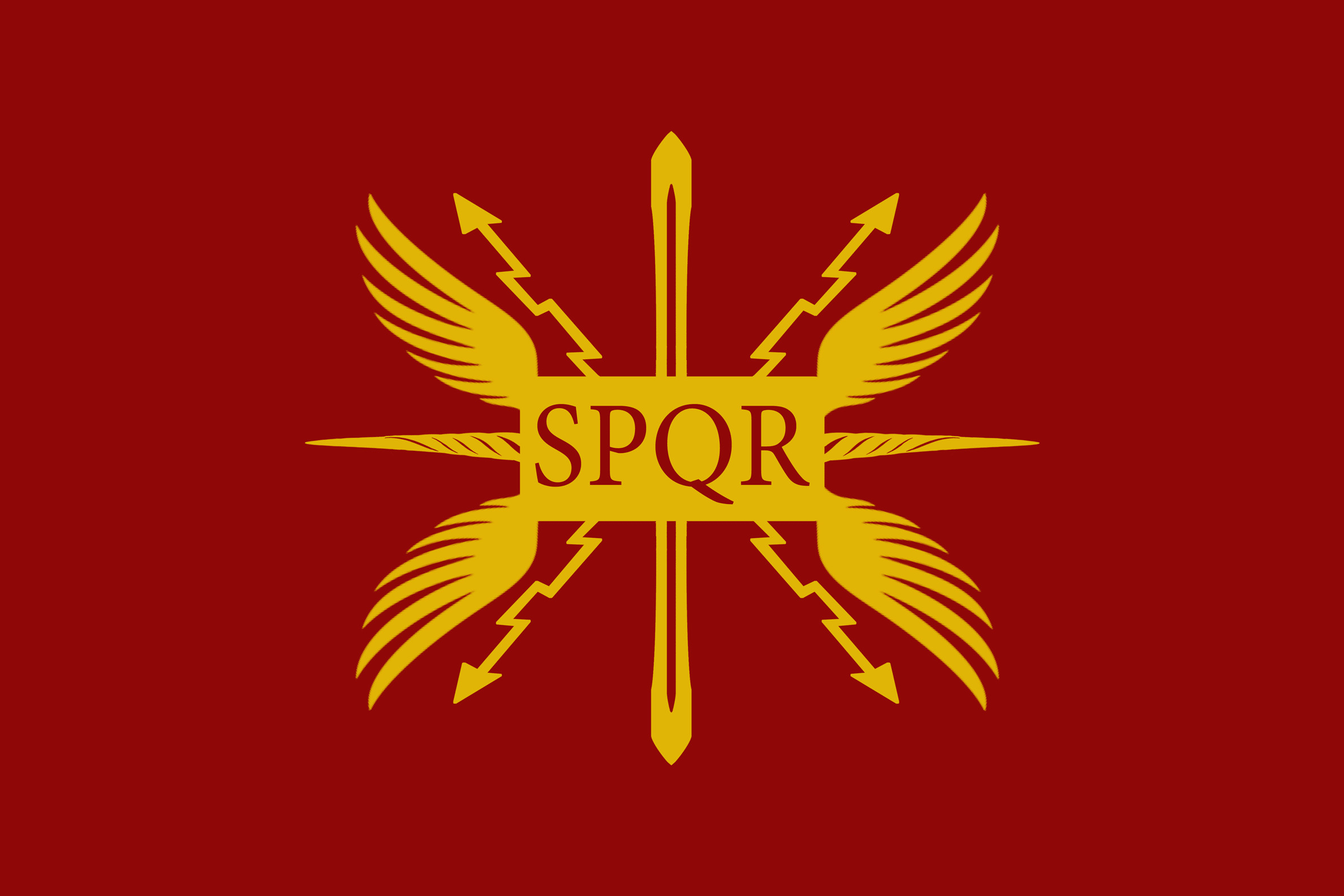
I have a book titled Legions of Rome The Definitive History of Every Imperial Roman Legion by
9. Legio VI Victrix. The "Victorious Sixth Legion" was founded by the general Octavian (who later went on to become Emperor Augustus) around 41 BC. This legion is famous in the history of the imperial Roman army and was considered to be a twin of the much revered Legio VI Ferrata.

Roman legion Wikipedia Military Units, Military History, Military Army, Punic Wars, Roman
Legio I Germanica was a Roman legion that won acclaim early under Augustus (27 BCE - 14 CE) but was stripped of its title for cowardice. Stationed on the Lower Rhine, the legion mutinied in 14 CE and then faced disgrace when it turned traitor to Rome during the Batavian Revolt. It was disbanded by Vespasian in 70 CE. Origin

Roman Legionary Shield Legion 20 Valeria Victrtix Impero romano, Impero, Storia
The Roman legion was the backbone of the Roman army, a formidable military force that conquered much of the known world. It was a highly organized and disciplined fighting force that played a crucial role in the expansion and maintenance of the Roman Empire.

√ Roman Legion Rank Insignia Va Navy USA
The legion was disbanded in 45 BC, and its fighters were given lands in Narbonne, in southern France. 6. Legio VI Victrix. Legio VI Victrix was founded in 41 BC by general Octavian. This legion started its career in 41 BC fighting in the Perusine War, a civil war in which Lucius Antonius and Fulvia supported Mark Antony against Octavian.

Image Roman legion tatto.jpg Riordan Wiki FANDOM powered by Wikia
This incident earned the legion its nickname Equestris (mounted). One of the legionaries jokingly said that Caesar was better than his word: he had promised to make them foot guards, but now they appeared as equestrians. [6]Legio X saved the day in the Battle against the Nervians in 57 BC. Together with the IXth, the Xth defeated the Atrebates.

Pin by Sean on Classical World Roman armor, Roman history, Roman legion
Hoplite (5th Century BC) A hoplite of the Greek style. In earliest Roman history soldiers fought in much the same equipment Greek warriors used. Of the five classes defined the in the census, the first class was made up of those wealthy citizens who possessed the best armament.

Roman Legionary Shield Legion 1 Adiutrix Roman shield, Roman soldiers, Ancient rome history
Year 7. From the heart of Italy arose an empire that would dominate the ancient world for over a thousand years, leaving an indelible mark on the course of history. A key part of this empire's power and endurance was its military, and at the core of that military were the Roman legions. These formations of heavy infantry, named after the Latin.

Mapping Roman legions how “limits” tell about the centre Centres and centralities
The Roman legion ( Latin: legiō, Latin: [ˈɫɛɡioː] ), the largest military unit of the Roman army, comprised 4,200 infantry and 300 equites (cavalry) in the period of the Roman Republic (509 BC - 27 BC) and 5,600 infantry and 200 auxilia in the period of the Roman Empire (27 BC - 476 AD). Roman legion at attack Size

Julius Caesar Round Seal Roman legion, Roman empire, Roman history
SPQR, an abbreviation for Senatus Populusque Romanus (Classical Latin: [s̠ɛˈnäːt̪ʊs̠ pɔpʊˈɫ̪ʊs̠kʷɛ roːˈmäːnʊs̠]; English: "The Senate and People of Rome"), is an emblematic abbreviated phrase referring to the government of the ancient Roman Republic.It appears on documents made public by an inscription in stone or metal, in dedications of monuments and public works, and.

The Roman Empire Army and The Legions, Uniform & Armor Information, Images, Weaponry HubPages
What is a Roman Legion? Roman Legions were the basic unit of military force in the Roman Empire. A legion was responsible for keeping order in the part of the Roman world they were in..

Roman Legion Wallpaper (70+ images)
A man searches for the mark of the Roman legion Legio II Augusta hidden in a secret underground chamber called Crichton Souterrain, in Southern Scotland. Written by Mark Nicol. Historian - Filmmaker - Blogger - Guided Tours - Group Speaker. Mark offers dedicated day trips that focus on experiencing these places and finding out more.

Roman Legionary Shield Legion 4 Scythica by on DeviantArt
The Roman Standard (Latin: Signum or Signa Romanum) was a pennant, flag, or banner, suspended or attached to a staff or pole, which identified a Roman legion (infantry) or Equites (cavalry). The Standard of a cavalry unit was emblazoned with the symbol of the serpent ( Draconarius) while a legion of infantry was represented by a totemic animal.

Roman Legionary Shield Legion 1 Germanica by on DeviantArt
The beginning of the Roman legions, which were not disbanded after the end of hostilities, is set to 84 BCE when Pompey the Great recruited for himself, and also for Rome, the first legion. A huge number of legionaries was set up during the civil wars in the years 49 - 30 BCE by rival leaders: Caesar, Pompey, Octavian, Antony, Brutus and Cassius.

Resultado de imagem para roman legion emblems Impero romano, Legione romana, Roma antica
Down through the centuries, millions of men served with the army of imperial Rome; half a million during the reign of Augustus alone. The history of the legions is the collective story of those individuals, not just of Rome's famous generals. Men such as Titus Flavius Virilis, still serving as a centurion at the age of 70. And Titus Calidius, a cavalry decurion who missed military life so.

Mark of the Legion YouTube
Ancient Rome portal v t e Nero, Sestertius with countermark "X" of Legio X Gemina. Obv: Laureate bust right. Rev: Nero riding horse right, holding spear, DECVRSIO in exergue; S C across fields.

Roman Legionary Shield Legion 3 Gallica Soldati romani, Impero romano, Roma
In Latin, a legion was known as legio, denoting a military conscription and levy, and ultimately stemming from the word legere, to choose. The early history of Rome is not a clear as its later periods of development. However, even before the emergence of the Roman legions proper, the early army of Rome was fairly organized.